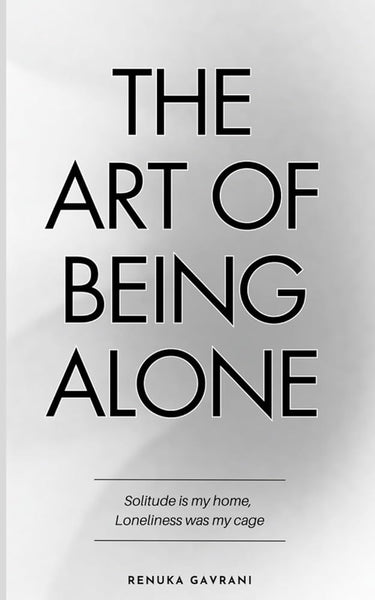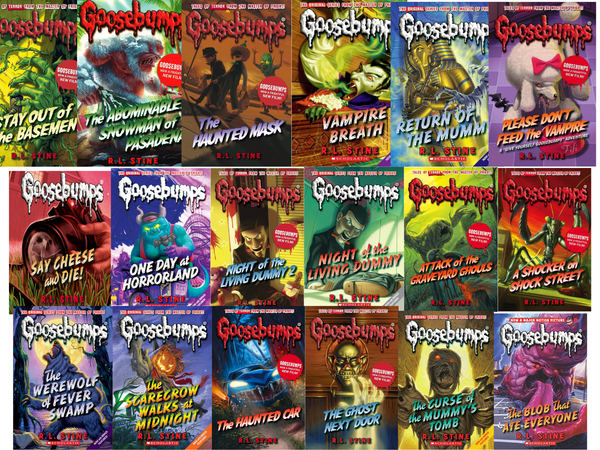The Punjab borderland by Ilyas Chattha (Author)
- Publisher: ENGLISH GENERAL BOOKS
- Availability: In Stock
- SKU: 61587
- ISBN: 9786277706067
- Number of Pages: 313
Rs.1,600.00
Rs.1,995.00
Tags: 1947 partition research , academic history books , anthropology of borders , best books , Best Price , Best Selling Books , border mobility , border politics India Pakistan , border security history , borderland studies , cross-border connections , cross-border trade history , frontier studies , historical research Punjab , Ilyas Chattha , India Pakistan border , India Pakistan frontier life , material culture Punjab , Materiality , migration studies South Asia , Militancy , Mobility , Mobility Materiality and Militancy , modern Punjab history , Online Bookshop , oral history Punjab , Pakistan India relations history , Partition history , post-colonial South Asia , post-partition Punjab , Punjab archives , Punjab Borderland , Punjab conflict studies , Punjab militancy , Punjab partition studies , Punjab socio-political history , security and society Punjab , smugglers routes Punjab , smuggling networks Punjab , South Asian border conflicts , South Asian history , The Punjab borderland
📘 Title Name: The Punjab Borderland: Mobility, Materiality and Militancy, 1947–1987
✍️ Author: Ilyas Chattha
📦 Quality: A+ Quality
🔹 Introduction:
The Punjab Borderland by Ilyas Chattha moves like a quiet archive breathing under the weight of partition, tracing four decades of movement, survival, and conflict along one of South Asia’s most sensitive frontiers. The book studies how people, goods, and power traveled across — and were shaped by — the shifting border between India and Pakistan. Through documents, memories, and material culture, it reveals how everyday life coexisted with surveillance, smuggling, migration, and political unrest in the border districts of Punjab.
🔑 Key Points:
-
Explores the social and cultural transformations caused by the 1947 Partition in Punjab’s border regions.
-
Examines patterns of mobility, including migration, trade routes, and the informal crossings that persisted despite strict controls.
-
Analyzes the material world of the border — goods, smuggling networks, and economic circuits influencing local life.
-
Studies how militancy and security practices shaped community relationships and state authority between 1947–1987.
-
Uses rich archival sources, oral histories, and fieldwork to present a grounded picture of borderland life.
🕌 Conclusion:
Ilyas Chattha’s work turns the Punjab border into more than a line — it becomes a living terrain shaped by memory, conflict, resilience, and human adaptation. The book offers a layered understanding of how political boundaries reconfigure societies yet remain porous through daily lived experiences. It stands as an essential contribution for students, researchers, and anyone seeking to understand South Asian history beyond official narratives.

























